


















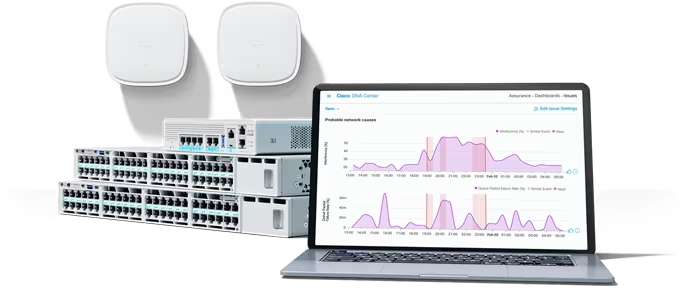





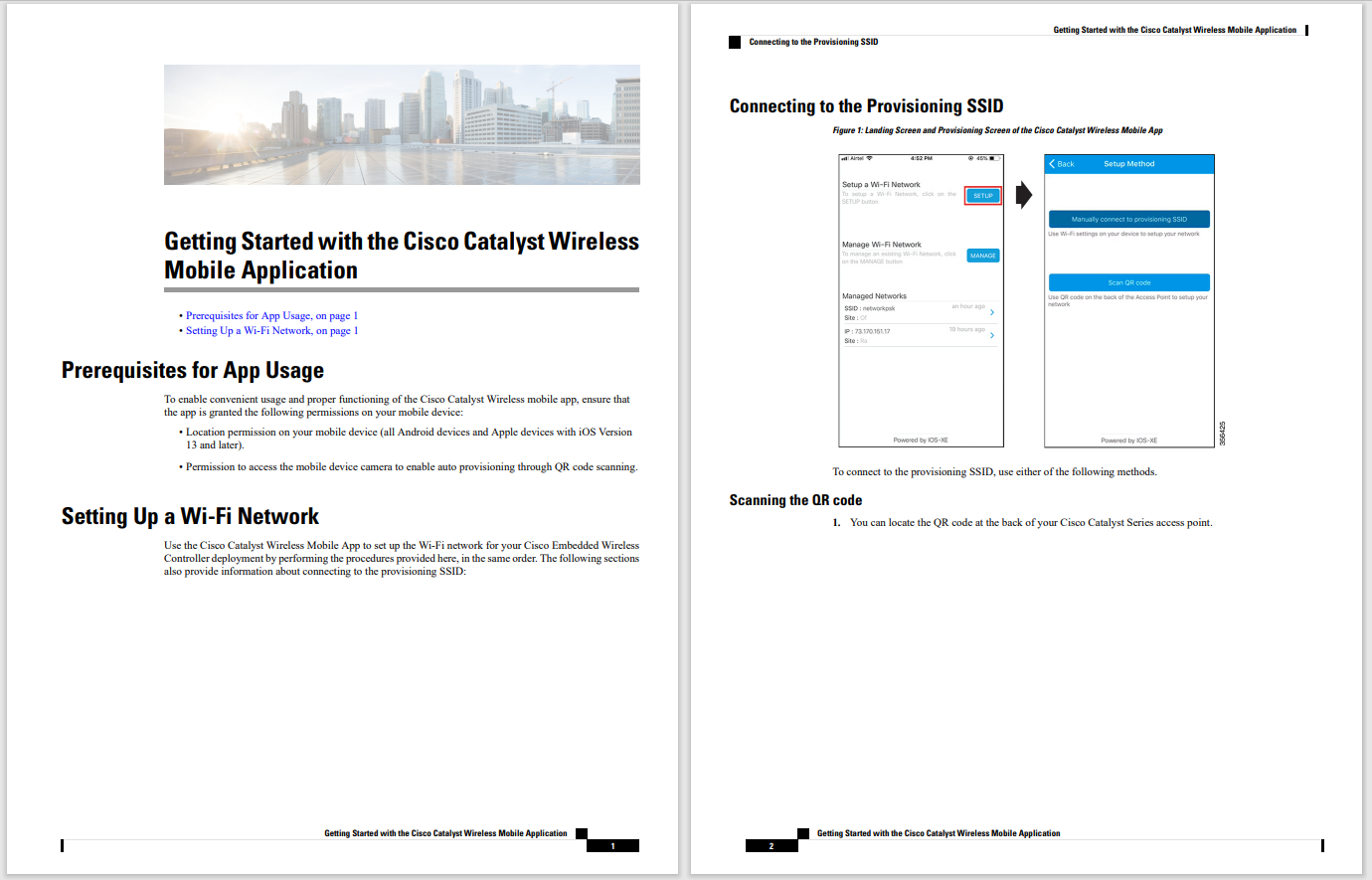
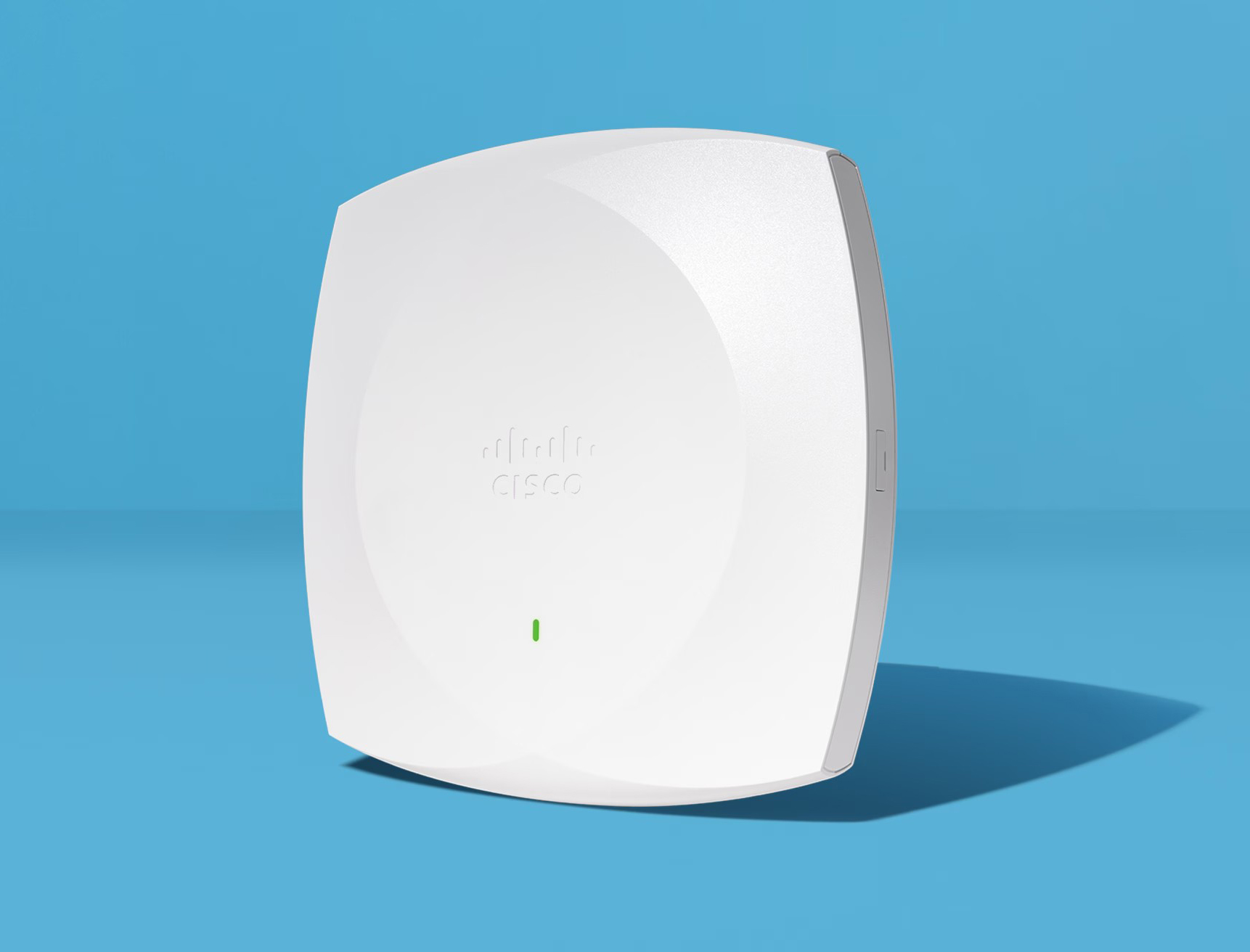
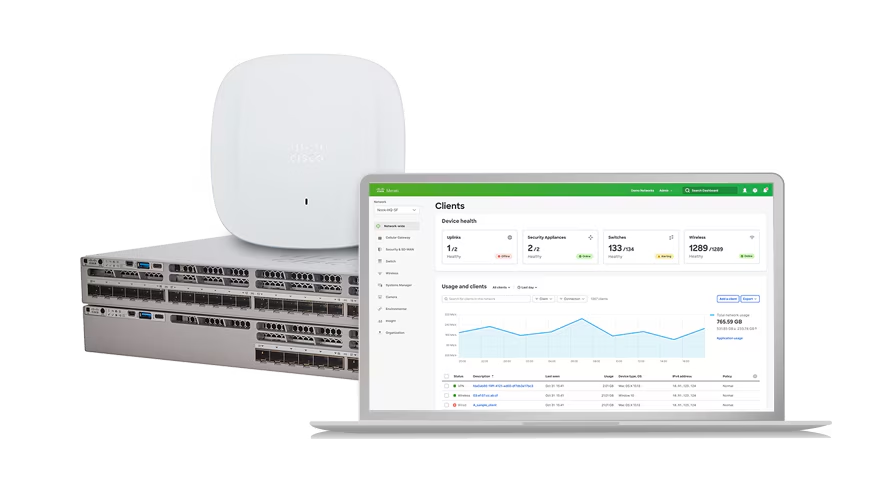
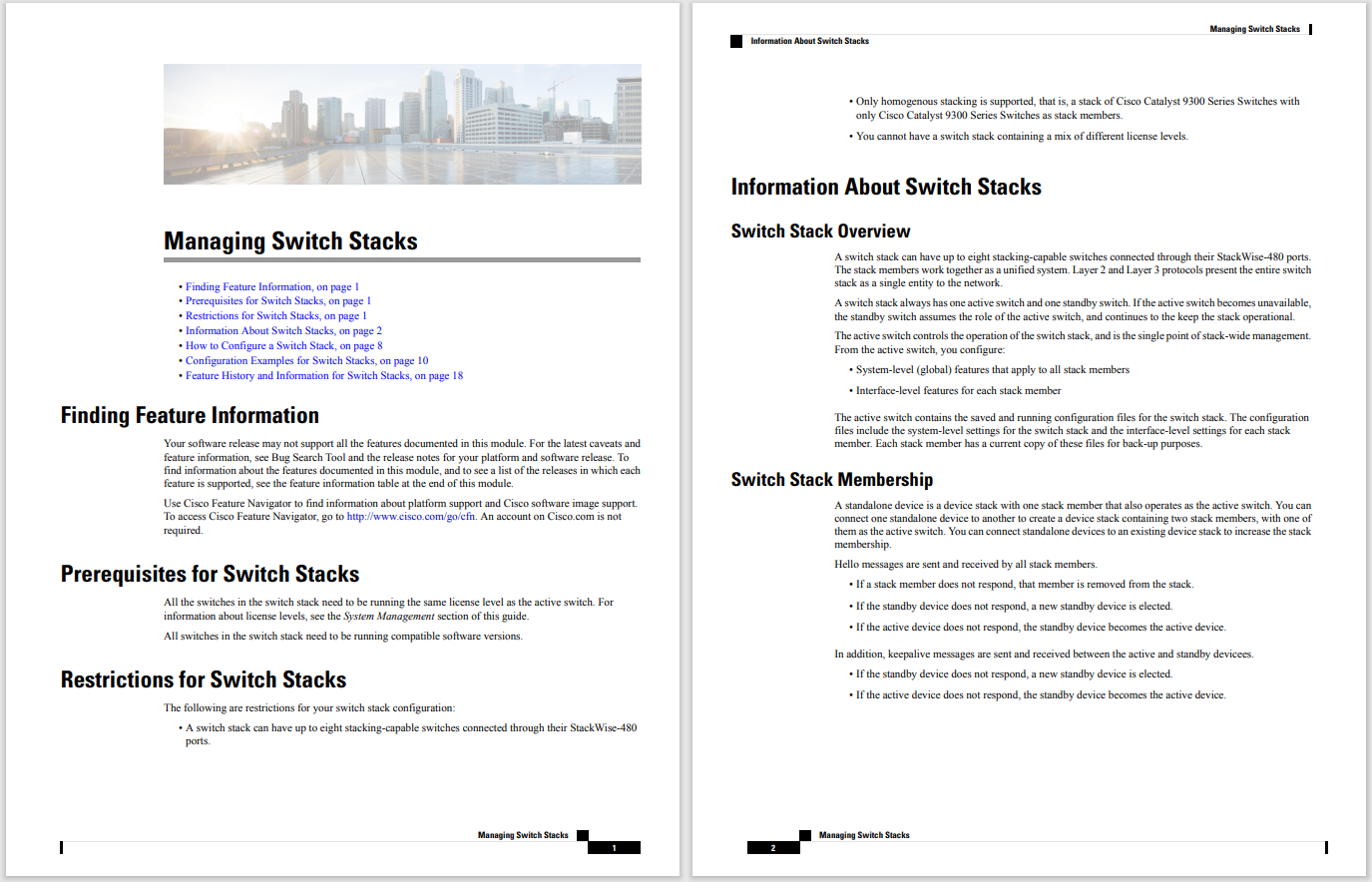
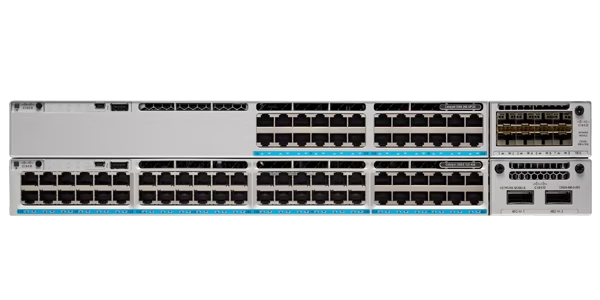
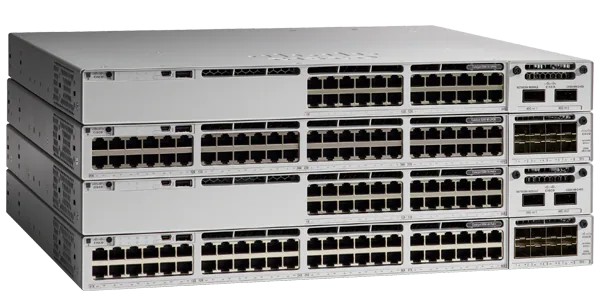

One area that differentiates the best smartphones today, whether it be Apple, Google, Samsung, etc., is camera performance. The strongest phones with the best cameras are optimized for photography, videos, telephoto subjects, ultra-wide landscapes, selfies, and more. It's not just hardware either, as some with basic hardware have advanced software algorithms and AI to provide optimal imaging experiences.
Camera capability is closely related to the price of a phone in most instances. However, we also see affordable and mid-range phones with cameras capable of capturing good quality images and videos, especially since most people only share captured content on social media platforms and via electronic messaging.
Must read:
Display: 6.7-inch OLED (2,778 x 1,284-pixel resolution) at 458 ppi CPU:Apple A15 Bionic chip RAM: TBDInternal Storage: 128GB, 256GB, 512GB, 1TB Rear cameras: 12MP wide, 12MP ultra-wide (120-degree field of view), 12MP telephoto (6x optical zoom) Front camera: 12MP Weight:240g Dust/water resistance: IP68
Apple's biggest and most feature-rich iPhone is a mouthful, the iPhone 13 Pro Max. Apple listened to customers and while the phone looks just about the same as last year's 12 Pro Max it is a tad thicker with a larger capacity battery and longer battery life.
Read our full review:Apple iPhone 13 Pro Max
The display now supports a refresh rate up to 120 Hz, while the optical zoom on the telephoto camera is improved to 6x. Macro photography and cinematic video modes are new features in the camera system that are sure to please photographers and videographers alike.
Apple continues to actively improve iOS 15 while also offering 1TB of internal storage so you can capture content to your heart's delight.
Pros:
Cons:
Display: 6.7 inches (3,120 x 1,440-pixel resolution) OLED CPU: Qualcomm Snapdragon 888 RAM: 12GB Internal Storage: 128/256/512GB Rear cameras: 50MP rear f/1.85 wide, 48MP telephoto with 4x optical, and 12MP f/2.2 ultra-wide (114-degree field-of-view) Front camera: 11.1MP f/2.2 Weight: 210g
Google's newest Pixel 6 Pro and Pixel 6 launched in October and brought with them the promise of amazing photography. Google has long done well with its cameras due to software algorithms and enhancements, but this year also adds in hardware components with upgraded cameras and a Google Tensor processor.
Read our full review:Google Pixel 6 Pro
The phone is focused on the camera experience, and the potential is there for this to be the best camera phone on the market, but we'll have to see as devices get into the hands of reviewers. Unlike past Pixel phones that always had something disappointing, Google may have finally released a flagship worthy of that title.
Android 12 powers the phone, and you can rest assured of updates for years. The new OS is focused on matching your colors and styles while also working to optimized the experience for your needs.
Pros:
Cons:
Display: 6.8 inches (3,088 x 1,440-pixel resolution) 120Hz Dynamic AMOLED CPU: Qualcomm Snapdragon 8 Gen 1 RAM: 12GB LPDDR5 Internal Storage:128GB-1TB storage Rear cameras: 12MP rear f/4.9 telephoto with 10x optical, 10MP f/2.4 with 2x optical, 108MP f/2.2 wide-angle camera, and 12MP f/2.2 ultra-wide camera (120-degree field-of-view) Front camera: 40MP f/2.2 under display camera Weight: 229gDust/water resistance: IP68
Samsung's first flagship phone of 2022 was released as the Galaxy S22 Ultra 5G. While the S21 Ultra from 2021 supported the S Pen, there was no way to store, carry, or charge up the S Pen. With the S22 Ultra, Samsung has fully embraced it as the Note successor with an S Pen silo, flat and square design elements, and all of the latest and greatest specifications in a smartphone.
See the full review: Samsung Galaxy S22 Ultra
The Galaxy S22 phones were the first to launch widely with the Qualcomm Snapdragon 8 Gen 1processor inside. While the same resolution cameras are found in this year's S22 Ultra, Samsung improved the camera's capabilities, especially in terms of low-light shooting. With two telephoto cameras, Samsung stands out from Apple and Google with fantastic zoom capability.
Pros:
Cons:
Display: 6.7 inches (3,216 x 1,440-pixel resolution) 120Hz AMOLED CPU: Qualcomm Snapdragon 8 Gen 1 RAM:8GB/12GB LPDDR5 Internal Storage: 128GB/256GB Rear cameras:48MP wide-angle, 50MP ultra-wide angle (150?), 8MP telephoto (3.3x optical zoom, OIS) Front camera: 32MP f/2.2 camera Weight:200.5g
OnePlus used to be the "flagship killer" brand but has since evolved into higher-priced flagships directly challenging the likes of Samsung and Apple. Compared to Samsung, OnePlus offers an experience that is free from ads and bloatware while also now providing some interesting features such as reverse wireless charging and adaptive 120Hz displays.
See the full review: OnePlus 10 Pro
We've hit year two of the brand's partnership with Swedish camera-maker Hasselblad and the latest update comes in the form of the 50-megapixel ultra-wide lens. With it, you can capture as wide as 150-degrees of imagery, which makes the OnePlus 10 Pro a stellar pick for landscape photography. The far-range camera also lends itself to excellent macro shots and what OnePlus calls "XPan mode". Paying homage to Hasselblad, XPan photos fill a 65:24 aspect ratio, creating a wide and cinematic impression.
Pros:
Cons:
Display: 6.5 inches (3,840 x 1,644-pixel resolution) OLED CPU: Qualcomm Snapdragon 888 RAM: 12GB Internal Storage: 512GB Rear cameras: 12MP f/2.4 standard, 12MP dual-aperture, and 12MP f/2.2 ultra-wide (124-degree field-of-view) Front camera: 8MP f/2.0 Weight: 211g
Most people use the automatic settings of their smartphone camera, but for those who want to take things to the next level, there is the Sony Xperia Pro-I is the one for them. The phone was developed with help from Sony's Alpha camera engineers, and even after several weeks of use, the phone was too much for me to handle.
See the full review: Sony Xperia Pro-I
While many smartphones have basic software to control your cameras, Sony provides software that gives users full control over every function in the triple camera array. Unlike every other Android phone I have used, there is no application on the phone called Camera. Instead, Sony provides Photo Pro, Cinema Pro, and Video Pro apps. There is also an Imaging Edge app that supports connections to dedicated cameras.
Sony has several features that have been brought forward from phones of the past, including a microSD card, camera shutter button, 3.5mm audio port, and a notification light. These are all useful for professional photographers.
Pros:
Cons:
Main display: 7.6 inches (2,208 x 1,768-pixel resolution) Dynamic 120Hz AMOLED Cover display: 6.2 inches (720 x 1680-pixel resolution) AMOLED CPU: Qualcomm Snapdragon 888 RAM: 12GB LPDDR5 Internal Storage: 256GB/512GB, UFS 3.1 Rear cameras: 12MP rear f/2.4 telephoto, 12MP f/1.8 wide-angle, and 12MP f/2.2 ultra-wide cameras (123-degree field-of-view) Front cameras:4MP under display sensor on the main display and 10MP camera on the cover display Weight: 271g
The 2020 Galaxy Z Fold 2 set the bar for foldable devices that also serve as mini tablets. At first glance, the Z Fold 3 may appear to be just a minor update to the Z Fold 2, but at a starting price of $200 less, Samsung provides S Pen support and IPX8 water resistance. These were two features many have asked for, and Samsung delivered once again.
Read our full review: Samsung Galaxy Z Fold 3
In addition to a couple of new features, the cover display resolution and refresh rate were updated so you get a high-resolution display with 120 Hz support constructed of Corning Gorilla Glass Victus. The main display has improved panels and a screen protector that provides an 80% increase in its durability. The three main cameras are basically the same, but the new under-display camera is a step forward in mobile technology.
Pros:
Cons:
Display:6.7-inch (3,216 x 1,440-pixel resolution ) OLEDCPU:Snapdragon 8 Gen 1 Internal Storage:256GB/512GBRear cameras: 50MP f/1.7 wide, 50MP f/2.2 ultrawide (110-degree field of view), and 13MP f/2.4 2x optical telephotoFront camera: 32MP Weight:195g
In addition to all of the great smartphone features on the Find X5 Pro, the rear triple-camera system is interesting since it opens up a new area for creativity while also offering more color support than native Android code. Oppo worked hard to provide a compelling camera experience through hardware and software.
Read more: This is Oppo's new Find X5 Pro flagship
Like its BBK Electronic stablemate OnePlus, Oppo this year has partnered with Hasselblad to improve its mobile imaging software. The fruits of the labor comes in the form of night photography and video. Thanks to Hasselblad's color-tuning and Oppo's in-house imaging Neural Processing Unit, MariSilicon X, the Find X5 Pro can capture exceptionally sharp and vivid footage in the night sky.
Typically when you record videos in the dark, the content can appear grainy and devoid of any color accuracy. What Oppo is doing here remedies those issues and more, creating the first 4K Ultra Night Video mode on an Android smartphone.
Pros:
Cons:
Display: 6.4 inches (2400 x 1080-pixel resolution) 120Hz Dynamic AMOLED CPU: Qualcomm Snapdragon 888 RAM: 6-8GB LPDDR5 Internal Storage: 128-256GB storage Rear cameras: 8MP rear f/2.4 telephoto, 12MP f/1.8 wide-angle camera, and 12MP f/2.2 ultra-wide camera (123-degree field-of-view) Front camera: 32MP f/2.2 camera Weight: 177g Dust/water resistance: IP68
While the Galaxy S22 series provide compelling options, they are flagship phones priced in the$800 and higher range. In order to offer customers another alternative, Samsung released the. Galaxy S21 FE (Fan Edition) phone. The S21 FE is available in four unique colors to suit your style.
Priced at$699.99, you may think Samsung compromised a lot to offer a powerful 5G phone. However, we see a 6.4-inch Dynamic AMOLED display with 120Hz dynamic refresh rate, high-end Qualcomm Snapdragon 888 processor, large capacity 4500mAh battery, 6 or 8GB of RAM, 128GB or 256GB storage with a microSD card slot, IP68 dust/water resistance, three rear cameras (one with 3X optical and 30x super-resolution zoom), and a high resolution 32MP front camera.
Read our full review: Samsung Galaxy S21 FE 5G
Where are the compromises? Exactly, there really aren't any, and yet the$700 price is where we see phones in the upper mid-range with less capable specs appear. The S21 FE challenges Google's new Pixel 6 and other phones.
Pros:
Cons:
Display:5.7-inch OLED (2,160 x 1,080-pixel resolution) CPU: Qualcomm Snapdragon 660 RAM: 6GB Internal Storage: 128GB Rear cameras: 12MP wide and FLIR Lepton 3.5 infrared thermal imaging camera Front camera:8MP Weight: 248g Dust/water resistance: IP68/69
The Bullitt Group has released a few Cat-branded phones in the past that are built for fieldwork. While the phones have mid-range specifications, they are extremely capable and have unique features that make them valuable to professionals.
This is the third generation phone with an integrated FLIR thermal camera, and that is clearly a focus for this rugged smartphone. There is a 4x increase in the number of thermal pixels over the last FLIR model, which allows users to vary the intensity of MSX. Users can monitor a custom temperature range between -4
 Hot Tags :
Tech
Our process
Smartphones
Hot Tags :
Tech
Our process
Smartphones